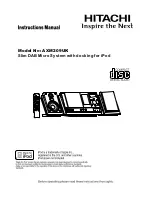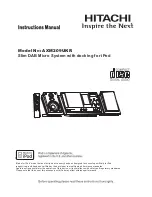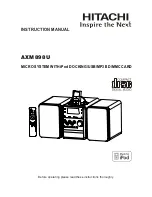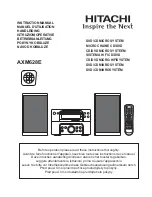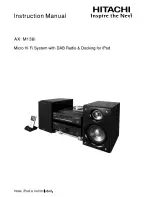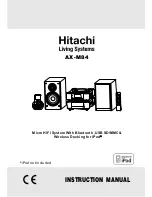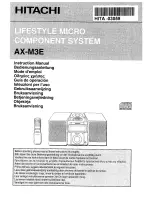
Page 12
Voyager OS User’s Manual - The Basics
Page 13
Voyager OS User’s Manual - The Components
Now let’s take a look at the individual module components that make up the Voyager OS Synthesizer, starting
with the Mixer section. Then we’ll cover the Oscillators, Filters, Envelopes, and Output Sections, the LFO and
Modulation sections, the Keyboard and Left-Hand controllers, and the Back Panel.
A. The Mixer Section
The Mixer combines the main sound sources of the Voyager. It’s a good place to start when creating a new
sound from scratch, or fi guring out how a sound is put together. All fi ve of the Voyager’s sound sources can be
switched ON or OFF, and their levels can be individually adjusted.
The fi ve sound sources are:
- External Audio Input
- Oscillator 1
- Oscillator 2
- Oscillator 3
- Noise Source
Each sound source in the Mixer has a dedicated ON/OFF switch and a level control.
The audio output of the Mixer is routed to the Filter through an insert jack on the
Voyager’s back panel. If an insert cable is plugged into this jack, the Mixer output can
be routed through an external effect and returned back into the Voyager OS signal
path. This jack can also be used as direct output of the Mixer if desired (see page 14
for more information).
The Components
Mixer Section Controls:
Oscillator 1, 2 & 3:
The
OSCILLATOR
controls in the Mixer allow each oscillator to be switched ON or OFF, and mixed
in any proportion. When the levels of the oscillators are set high, the output from the Mixer gently
overdrives the Filter section. This was one of the important features in the original Minimoog that gave it
its characteristic ‘fat’ sound.
Noise:
The
NOISE
control is used to mix noise with the other sound sources. The Voyager’s Noise source is
a white/pink hybrid. It is useful for making ocean wave sounds, explosions, and wind sounds, or to add a
wind noise component to traditional instrument emulations, or for adding subtle coloration to a sound.






































